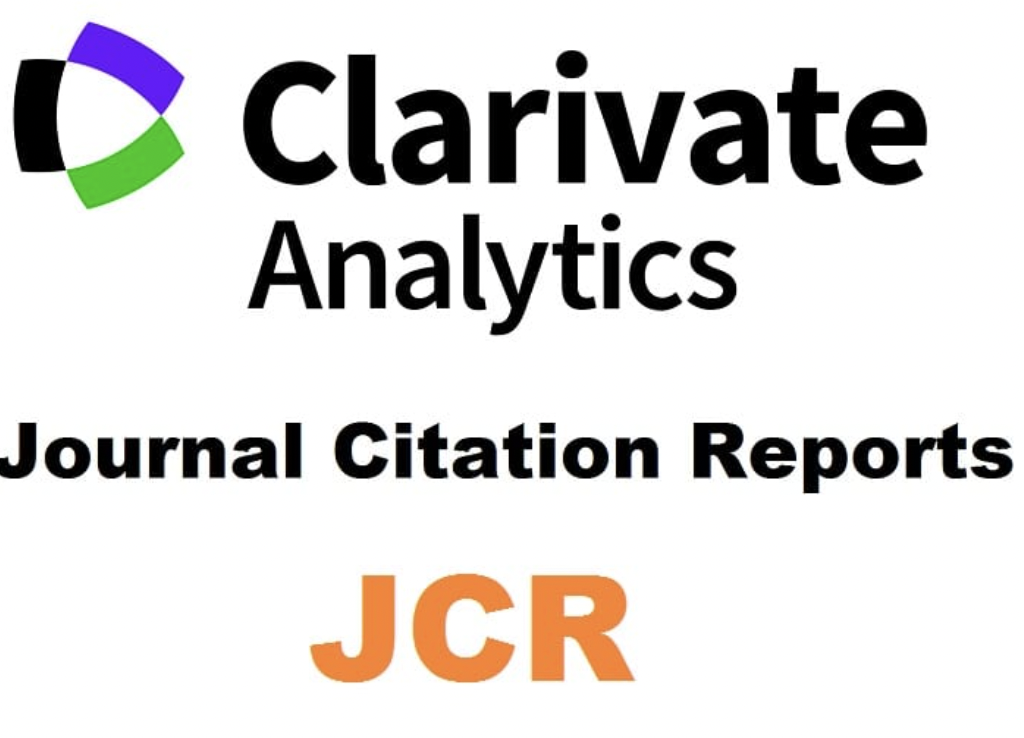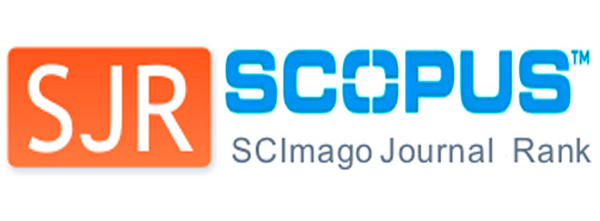SECOND LANGUAGE VOCABULARY ASSESSMENT: CURRENT PRACTICES AND NEW DIRECTIONS
Abstract
This paper surveys some current developments in second language vocabulary assessment, with particular attention to the ways in which computer corpora can provide better quality information about the frequency of words and how they are used in specific contexts. The relative merits of different word lists are discussed, including the Academic Word List and frequency lists derived from the British National Corpus. Word frequency data is needed for measures of vocabulary size, such as the Yes/No format, which is being developed and used for a variety of purposes. The paper also reviews work on testing depth of knowledge of vocabulary, where rather less progress has been made, both in defining depth as a construct and in developing tests for practical use. Another important perspective is the use of vocabulary within particular contexts of use or registers, and recent corpus research is extending our understanding of the lexical features of academic registers. This provides a basis for assessing learners’ ability to deploy their vocabulary knowledge effectively for functional communication in specific academic contexts. It is concluded that, while current tests of vocabulary knowledge are valuable for certain purposes, they need to be complemented by more contextualised measures of vocabulary use.Downloads
-
Abstract3491
-
PDF2824
The works published in this journal are subject to the following terms:
1. The Publications Services at the University of Murcia (the publisher) retains the property rights (copyright) of published works, and encourages and enables the reuse of the same under the license specified in item 2.
2. The works are published in the electronic edition of the magazine under a Creative Commons Attribution Non-commercial Share Alike 4.0.
3.Conditions of self-archiving. Authors are encouraged to disseminate pre-print (draft papers prior to being assessed) and/or post-print versions (those reviewed and accepted for publication) of their papers before publication, because it encourages distribution earlier and thus leads to a possible increase in citations and circulation among the academic community.
RoMEO color: green







